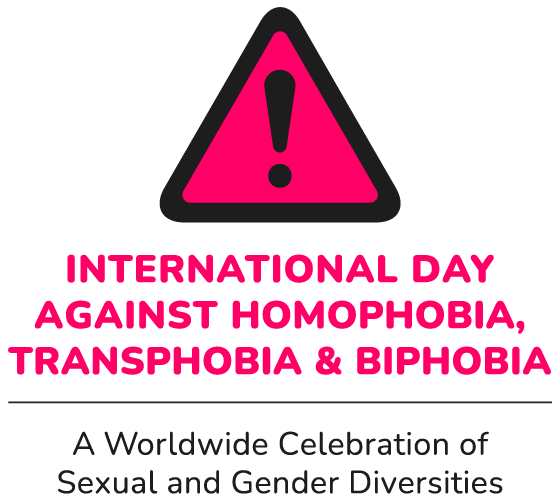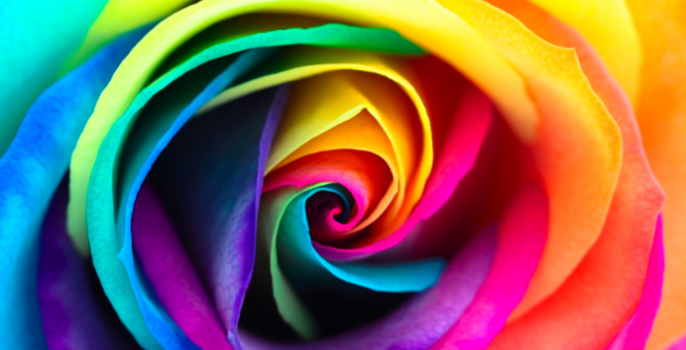Activists in Quito marked IDAHO with a public kissing event in Gabriela Mistral Square, while in Guayaquil activists held a sit-in front of the Guayas Governor’s house. The objectives in each city respectively were to raise awareness about sexual orientation and gender identity and to push for the enactment of legislation enabling gender reassignment, promoting non-discrimination in schools, and giving same-sex couple the same rights and benefits as heterosexual couples.

Activists also hosted an artistic installation at the Contemporary Arts Center in Quito. The installation represented a look at the processes of dignifying sexual diversity and respecting differences, and came about after discussions with lesbian-feminist collectives, popular educators, communication activists, intellectuals and artists, each of whom were invited to examine their own fighting processes and life stories from the perspective of thinking about the conditions exclusion imposes on a society that has naturalized and institutionalized homophobic and sexist practices.
The installation aimed to make lesbian movements’ struggles visible in the country, particularly their fight to eradicate the clinics that attempt to “cure” sexual diversity. Those clinics are seen as a trace of fear, representing religious dogmatism and a lack of respect for homosexuality, despite the 1998 Constitution acknowledging the right to sexual freedom.
To mark IDAHO, there was a free concert by young artists at the Contemporary Arts Center on behalf of the “Cures That Kill” Campaign.
© Copyright 2024 All Rights Reserved - Privacy Policy


